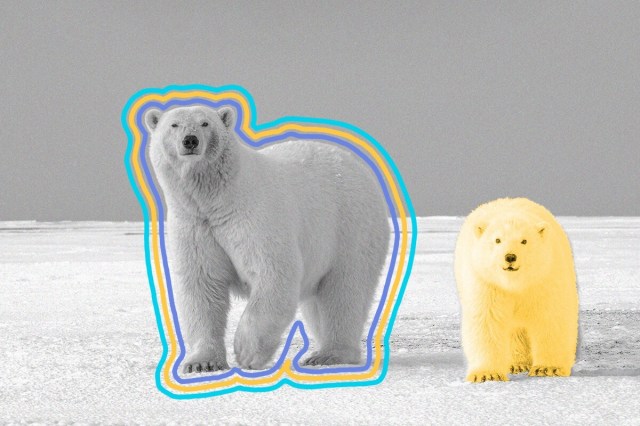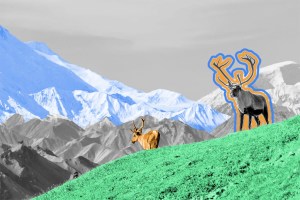Advertisement

Numbers Don't Lie
Days a pregnant polar bear can spend fasting
240
Swimming speed (in miles per hour) of the average polar bear
6.2
Distinct subpopulations of polar bears in the wild
19
Weight (in pounds) of the heaviest polar bear ever recorded
2,200

______ is known as the polar bear capital of the world.

Ready to reveal?
Confirm your email to play the next question?
Please enter valid email.

Churchill, Manitoba, is known as the polar bear capital of the world.
Advertisement

Polar bears can turn green in captivity.
It isn’t just sunlight that makes its way into that translucent fur. When polar bears find themselves in warmer climates — most often in zoos or wildlife sanctuaries — algae can grow in their hair and turn it green. The effect is completely harmless (not to mention oddly adorable) and easily reversible with a salt-solution-infused bath.

















